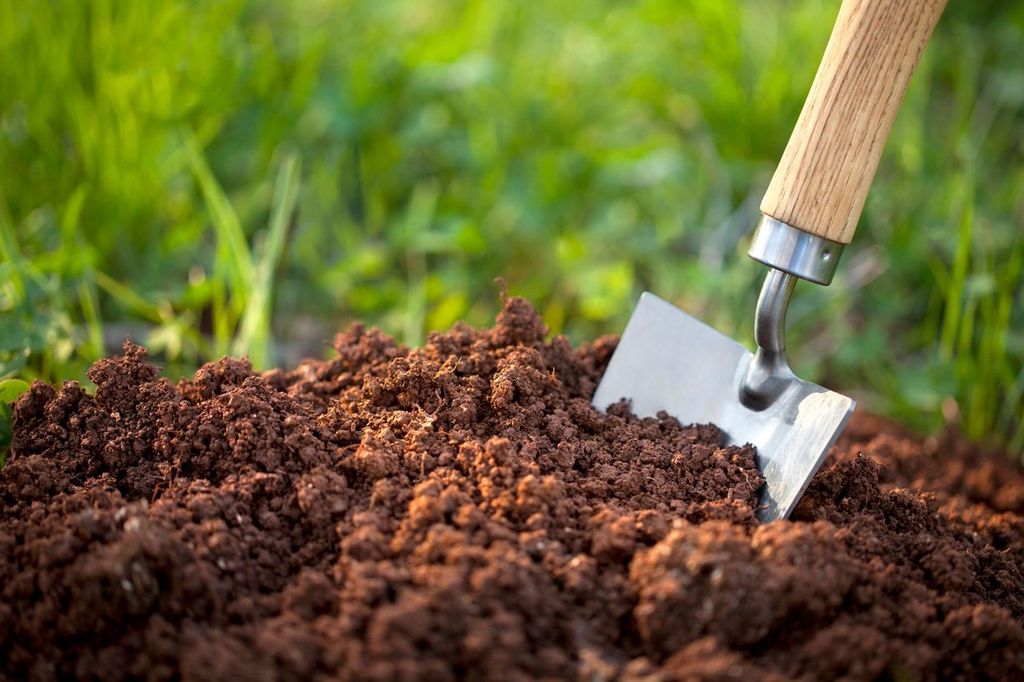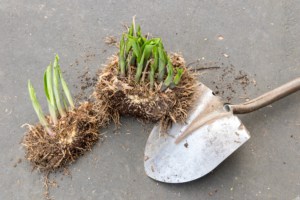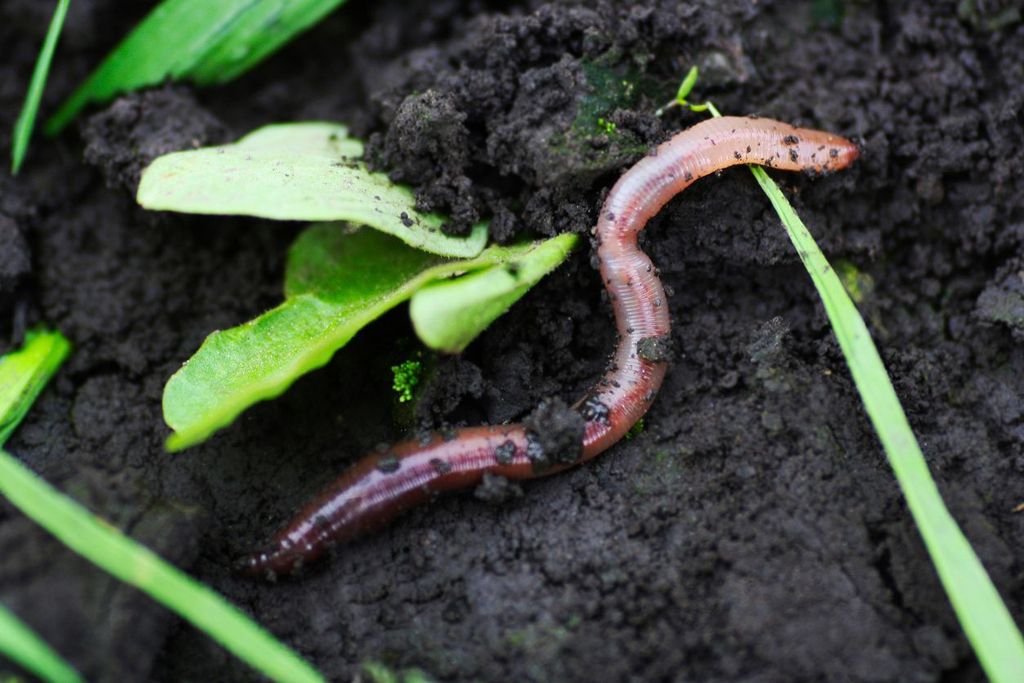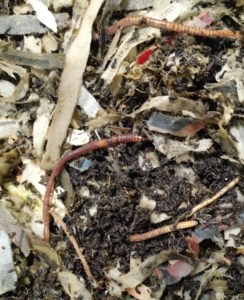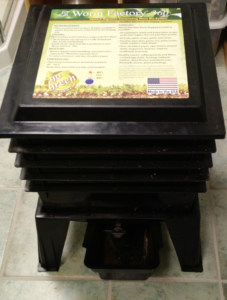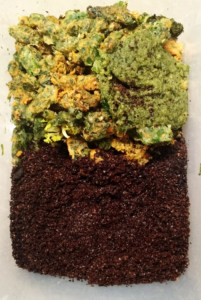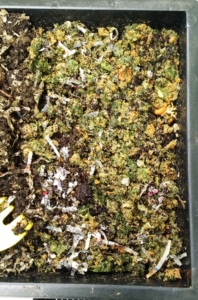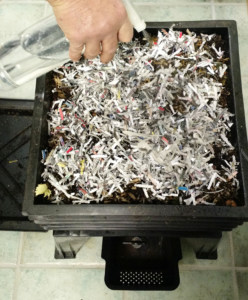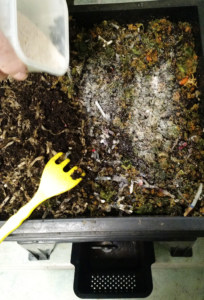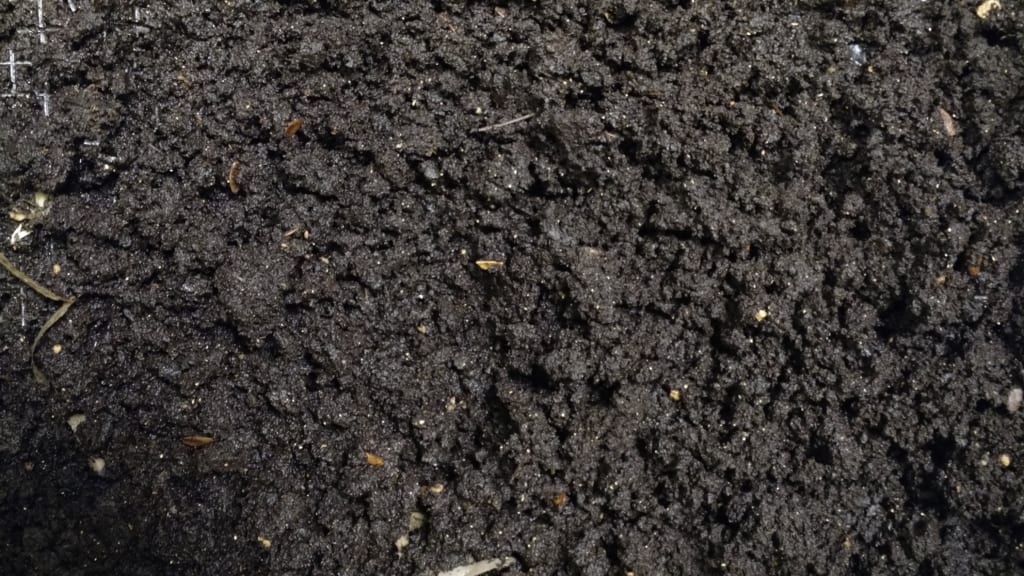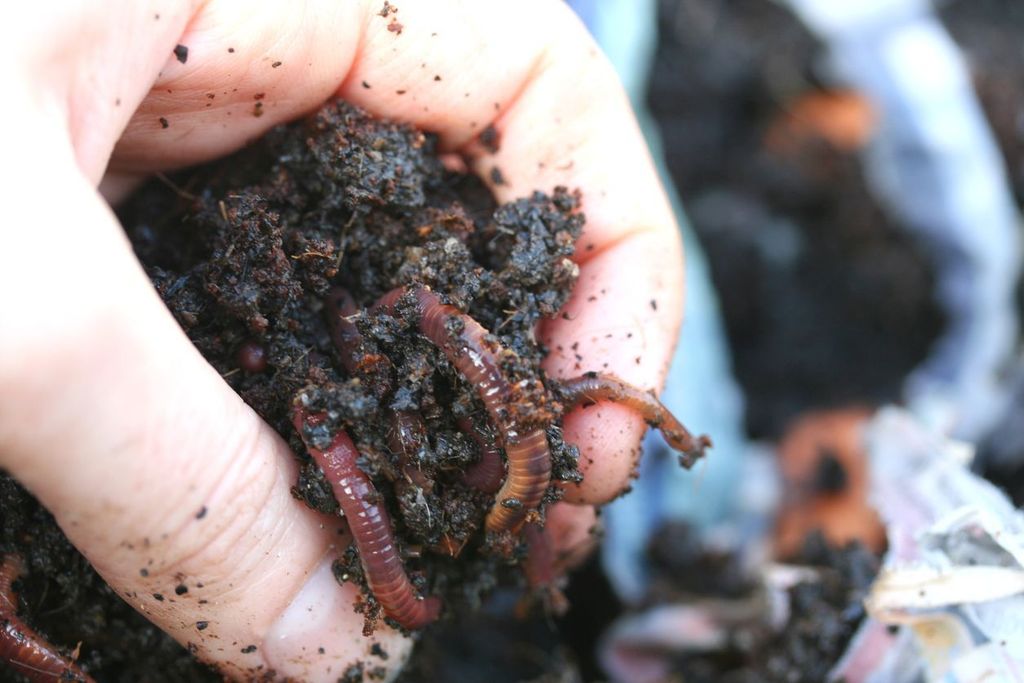Soil amendments and bed preparation for display garden results.
What is your soil made of?
The structure and make-up of what our plants grow in is of utmost importance. Before we expect our perennial favorites to put on a dazzling show we must make sure we have the proper conditions available for the plants. According to the Horticultural staff at the Chicago Botanic Garden:
The physical composition of ideal garden soil may surprise you. It should be 50 percent physical matter (45 percent soil aggregates like clay, silt, or sand and 5 percent humus/organic matter, meaning decaying plant and animal waste/remains). One quarter (25 percent) should be water. And the remaining 25 percent is—here’s the surprise—simply air.
This breakdown may change your view of the ground/soil that you expect your plants to perform in. It illustrates the importance in not just fertilizing your plants for performance, but creating a sub-surface micro climate that allows these elements to be present.
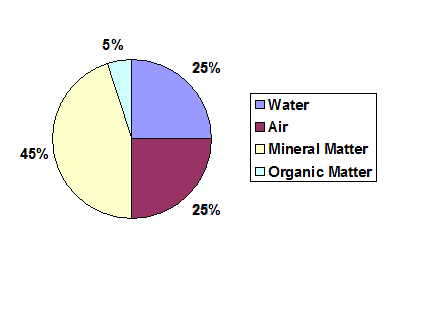 Good Garden Practices.
Good Garden Practices.
How does this translate to real garden practices? Get into your beds and dig around! When you are weeding, get a little aggressive in not just getting the deep roots of the weed with a trowel or spade, but cultivate the earth around to allow more air to enter the soil structure, more water to penetrate and the organic soil amendments you add later will leach into the lower layers more readily.
Dig and divide perennials every 3-5 years to break up hard pan soils that may have developed over a number of years around established plants due to a lack of tools hitting the area for a proper cultivation. A true gardeners soil structure is built up in layers over a number of years from frequent activity and aeration, or is professionally cultivated on an annual basis. Typically the best performing gardens in our Midwestern soil, which can be clay heavy in many areas, are those that have hand and tools in them many times a year weeding, planting and adding organic matter to the top for continual addition of nutrients.
What is Vermicompost?
Speaking of organic matter, Vermicompost, which has been mentioned here many times before, is one of the best sources of concentrated organic matter on the planet. We even have sample packs or both Vermicompost and Vermi extract we make available to you if you schedule a landscape consultation with one of our Horticulturalists or Landscape Architects at your property. If you want to purchase this amazing natural organic soil amendment for your own gardening purposes, it is available for pick-up at our Wadsworth location; from bags of compost, to bulk orders and services for applications of Vermi extract, we can get feed your plants like they are the kings of the neighborhood landscape you always envisioned them as!
Check out Terra One Organics for more information.
In summary, feed the soil, not the plant for the best results in your own garden. Continually monitor the elements of the soil structure you are building and make sure that you are not just adding chemicals to the beds expecting results, but giving the soil the air, water and life it needs to allow the plants to grow in the most important place of all, below the surface.
Feed the soil, not the crop -Robert Rodale
